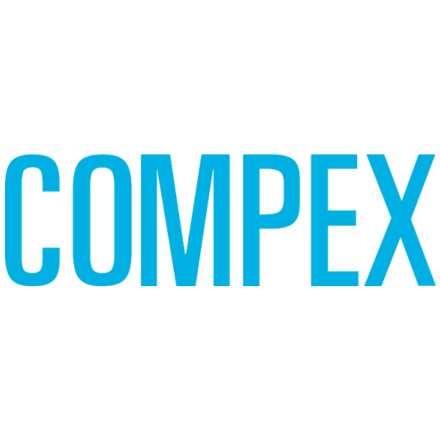Clarifying TBI Claims with Social Media & Video Deposition
February 2023 • Source: Marci DeVries-Todtz, Fraudsniffr
TBI is a costly, frequently reported injury that is difficult to quantify for compensability. In the last five years, new methods have emerged that modernize quantification, saving time and money in the process. We will explore these new as well as other proven defense tactics.
The newest and most time-efficient TBI "truth-teller" is a thorough review of the plaintiff's social media profile(s). Consider this: TBI symptoms include insomnia, confusion, irritation by light/sound, mood changes, irritation with changes in routine, and inability to perform routine tasks in a consistent manner. An active social media profile will provide deep insight into the plaintiff's ability to organize thoughts, participate in online "challenges" (TikTok dance challenges, for example), issues with insomnia, details about weekend trips or elaborate vacations, family get-togethers, parties, and other social events. Additionally, the content is provided alongside labeled photographic evidence.
TBI plaintiffs are also frequently found online starting a recreational
sports league, participating in a PTA/School board role or even starting a business - all of which are advertised in social media to drum up
participation, drive traffic to an e-commerce site, or provide directions to
a pop-up store location.
Once these activities are discovered in social media, formal discovery can be pursued. Additionally, given the near 100% admissibility of social media in court, this is a logical and inexpensive place to start.
The use of video depositions is also important as a next step. Asking multiple, specific questions about treatment, drugs, and dosage is strategic; Often the deponent is so concerned about how they present on video that they forget a TBI is supposed to interfere with their memory.
Once current activity level is determined in social media or through
deposition, it's time to look back at the original TBI diagnosis.
Develop a strong argument based on Differential Diagnosis.
Differential Diagnosis proposes that, for every symptom claimed, one should look for other causes of the symptom and let common sense dictate which cause is most likely.
Proven methods for accomplishing Differential Diagnosis in today's "I think it therefore I have it" legal environment, include examining plaintiff's records in two key areas:
- Employment records/performance - Has discipline been part of the employee's employment folder before and after the DOI?
- Military records - If available, they give a detailed history of performance and injuries while in the service.
Next, consider the culture the initial testing/treatment was developed in. Often, when testing for TBI, the forgone conclusion is that there is one. Testing using a checklist is invalid as it does not test for presence of an injury - it only measures for severity, which may lead to a false positive. Studies at the VA showed how, even in an environment where no secondary gain agenda is present, 50-70% of the evaluations performed failed the validity test.
Finally, once you have contrasting explanations for the claimed symptoms, meet with the entire team: the neuropsychologist, radiologist, medical doctor, and vocational counselor to discuss develop key factors related to the cost drivers in the claim:
- Was the minor brain bleed significant enough to cause lasting impairment?
- Is the claimant cognitive function decreased as compared to baseline studies based on pre-DOI baseline?
- What are the jobs available in the market and is the plaintiff able to do any of them?
Once the information is available, defense counsel will have a clear road map; who should ongoing discovery focus on, which line of questioning to take, and what are the appropriate next steps for the case.
|













